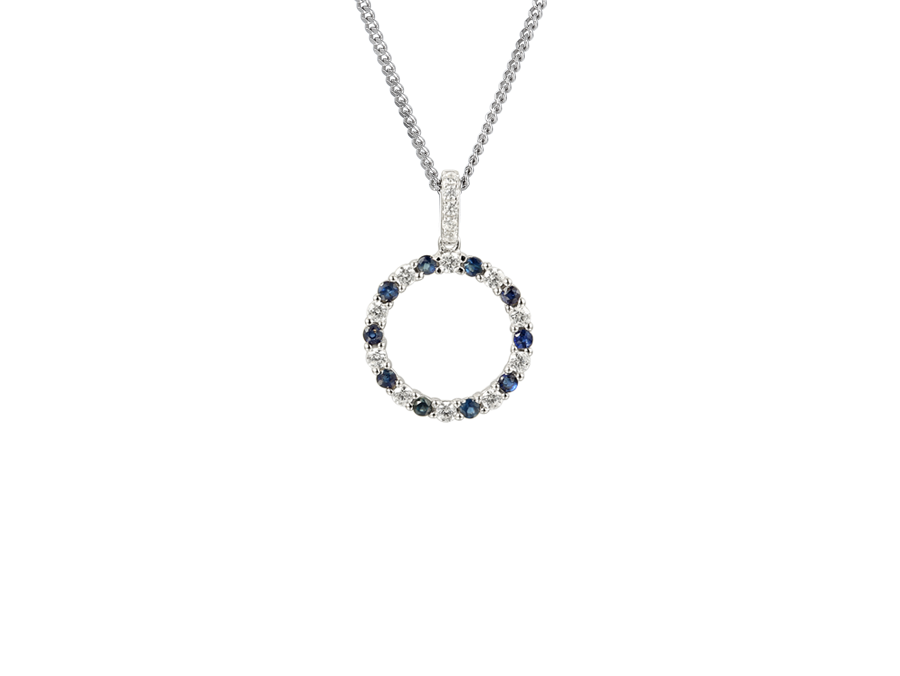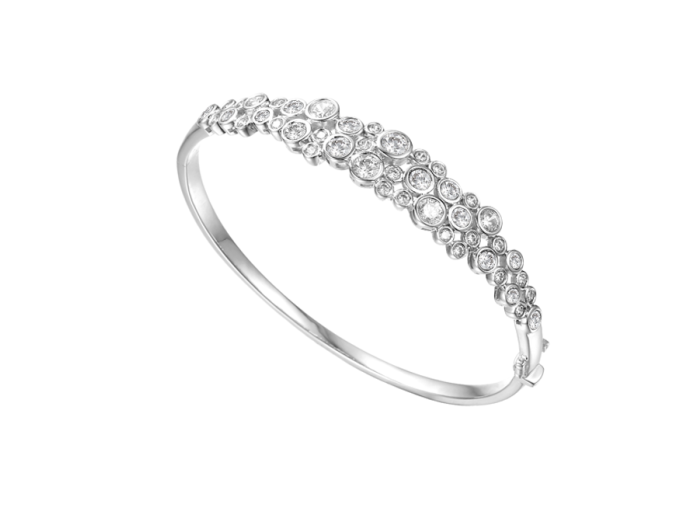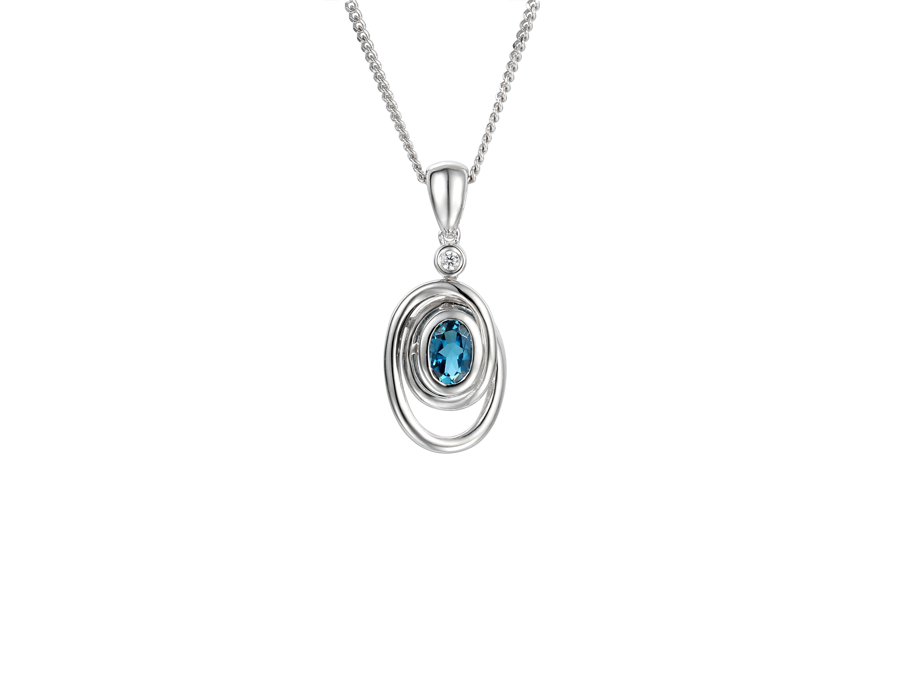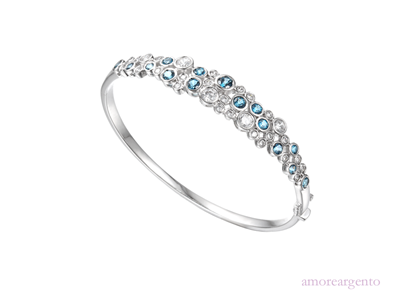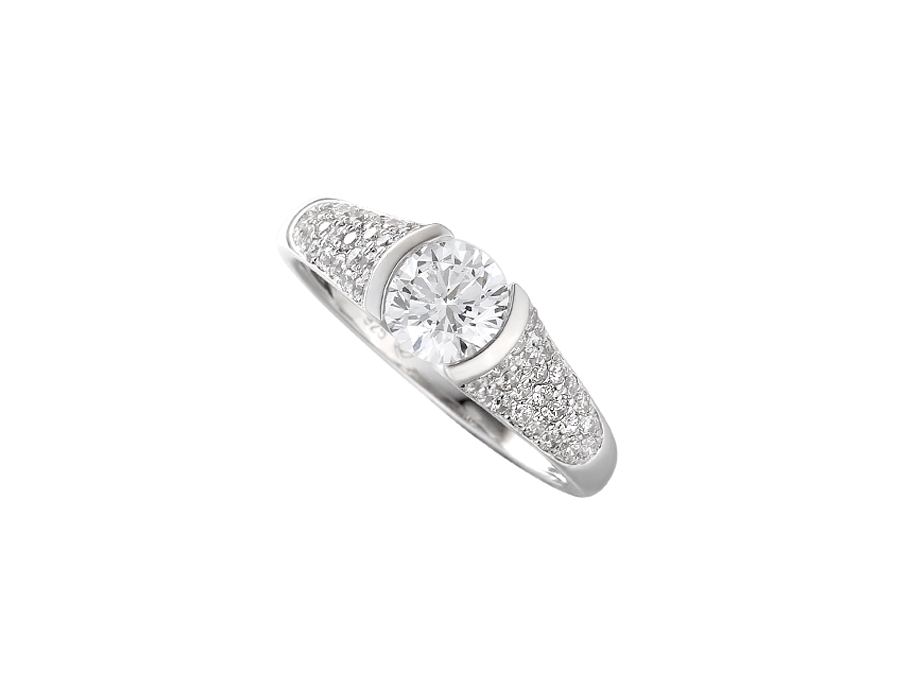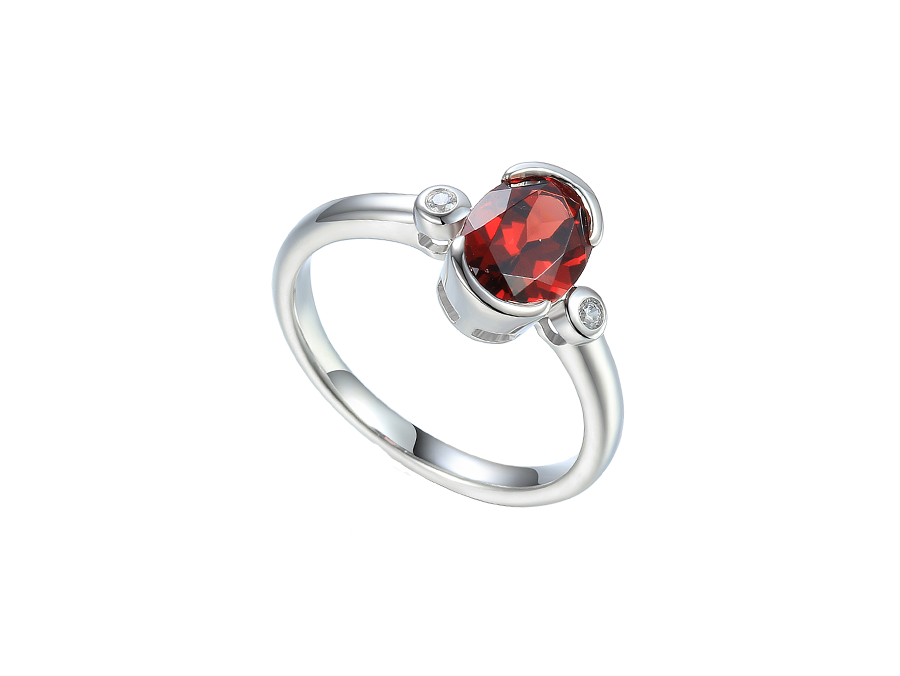We use cookies to make your experience better. To comply with the new e-Privacy directive, we need to ask for your consent to set the cookies. Learn more.
Jewellery In Literature – Part 1
The most obvious candidate for significant jewellery in literature is the ring from The Hobbit and The Lord of the Rings series. A ring with magical powers and the ability to control the wearers of related rings; this is a very powerful piece of jewellery. It's a dangerous piece of jewellery to own, unlike our jewellery which we can assure you carries no curses!
F Scott Fitzgerald's short story, A Diamond as Big as The Ritz, tells the story of a wealthy family who own a huge diamond, so big that if it was cut into saleable stones it would flood and crash the diamond market. The stress of being the secret custodians of the stone eventually sends the family into turmoil and corruption, in a cautionary tale about the value of human bonds over material assets. Arthur Miller's Death of a Salesman touches on diamonds – “The jungle is dark, but full of diamonds” which can be interpreted as meaning “nothing ventured, nothing gained”. This saying encapsulates the hold that diamonds have over people as an asset they desperately want to own at any cost.
This same theme features in the novella Breakfast at Tiffany's, which was made into the famous film starring Audrey Hepburn. In this, the diamond and pearl necklace she wears denotes lofty status and desirability and the huge diamond earrings cement this status. Such is the thrall that diamonds induce in people they were also the theme of the Ian Fleming novel Diamonds are Forever, in which James Bond must bring down a ring of international diamond smugglers. The connotations of wealth and power that diamonds bring make them a fantastic way of conferring status and power on characters in books, film and TV.
Diamonds are also a metaphor for hardness and determination, as well as rough edges. Describing someone as “harder than a diamond” implies they are very headstrong and tough, while describing someone as “a diamond in the rough” (itself a phrase from the world of jewellery) denotes they have star quality, but need a little polish.
Oscar Wilde's A Picture of Dorian Gray uses jewellery as a metaphor for the indulgent, bacchanalian lifestyle of the protagonist, focusing on his obsession with collecting and studying gemstones. Wilde's prose style does a fantastic job of describing the qualities and colours of the gems, such as “pistachio-coloured peridot, rose-pink and wine-yellow topazes, carbuncles of fiery scarlet with tremulous, four-rayed stars, flame-red cinnamon-stones”. In the end, the protagonist pays for his indulgences of all kinds, but the desire for the finer things in life never truly leaves him.
Wilde also used jewels as a tool for describing inequality and the foolish pursuit of frippery in The Happy Prince. This short story describes the statue of a prince which is covered in gold leaf and adorned with rubies and sapphires. A lonely swallow makes the statue's acquaintance and, horrified by the suffering of the poor people of the town, instructs the swallow to pick out his jewels and peel off the gold leaf and distribute it to the poor. Once the statue is stripped of the jewels and gold, the townsfolk decide to tear it down and melt it because it is no longer beautiful. In the end, the souls of the swallow and the Prince are taken in by God, who declares them to be the two most precious things in the city.
Join us for part two where we look at jewels in Shakespeare's oeuvre.








